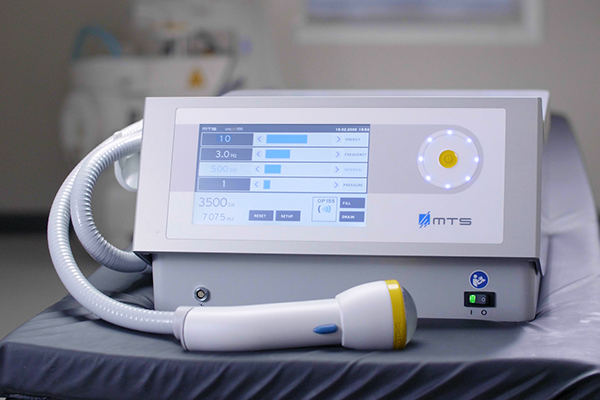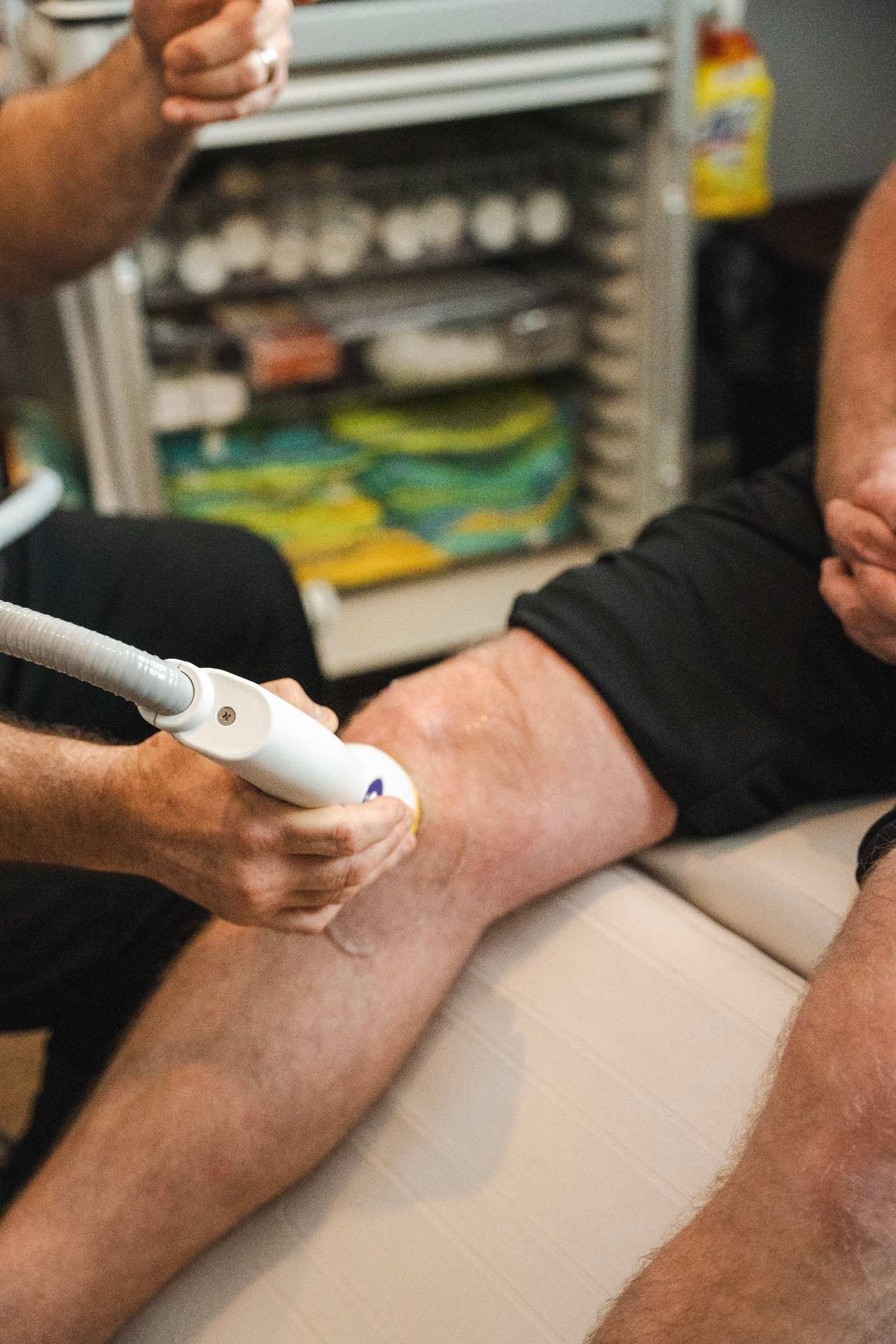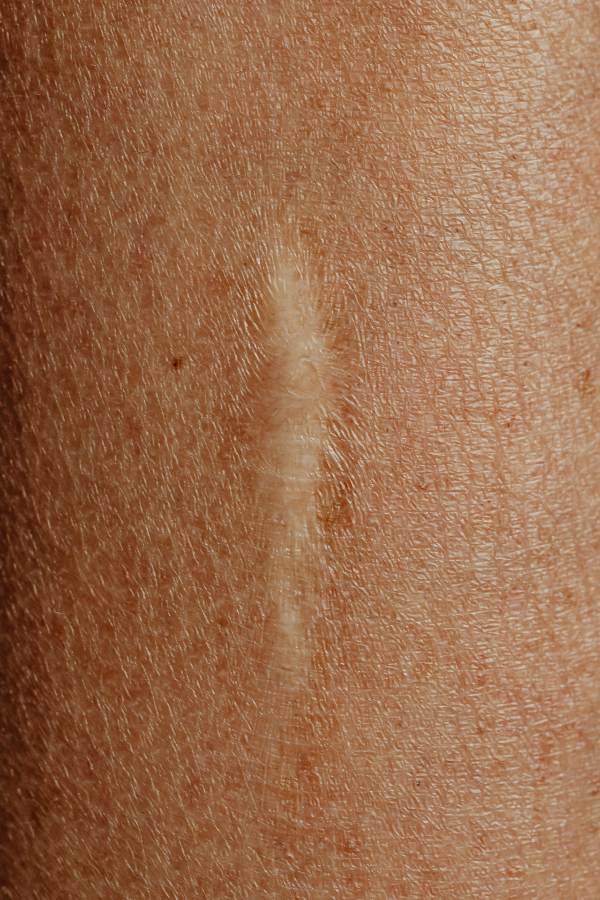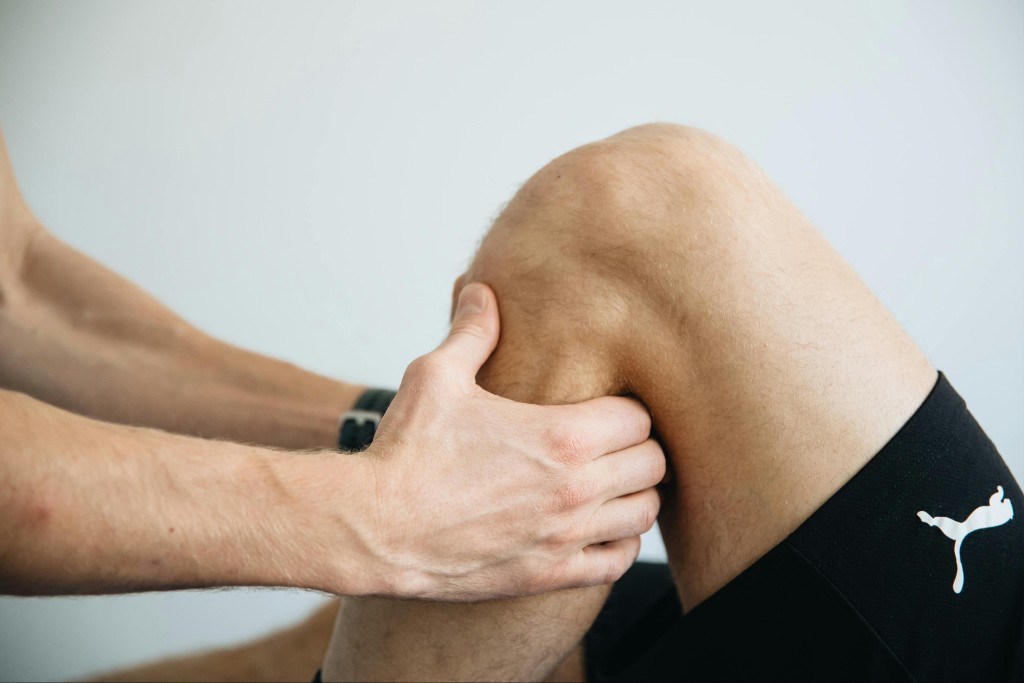Tendonitis, an inflammation of the tendons, can afflict anyone – from active individuals and professional athletes to those engaged in repetitive physical tasks. This condition, often characterized by persistent pain, can significantly hamper one’s daily activities and overall quality of life. Fortunately, there’s a promising solution on the horizon – shockwave therapy for tendonitis.
Shockwave therapy is a non-invasive treatment that uses sound waves to stimulate the body’s natural healing process. This therapy effectively treats a variety of conditions, including tendonitis, tennis elbow, Achilles tendinitis, and plantar fasciitis – all related to tendon inflammation. The unique advantage of shockwave therapy lies in its ability to address the root cause of the inflammation, providing quick pain relief, improving mobility, and enhancing the body’s capacity to heal. For those grappling with tendonitis, shockwave therapy emerges as a revolutionary and beneficial treatment option.
In this blog post, we’ll investigate:
- What is Tendonitis? Symptoms & Causes
- What is ShockWave Therapy and How Does It Work?
- How Does ShockWave Therapy Treat Tendonitis?
- Benefits of Shockwave Therapy for Tendonitis
- What To Expect During & After a ShockWave Therapy for Tendonitis
- Shockwave Therapy Procedure & Recovery Time
- Is Shockwave Therapy Painful?
- Precautions & Recommendations for Patients Wanting To Try ShockWave Therapy
- Best ShockWave Therapy for Tendonitis
What is Tendonitis? Symptoms & Causes

Tendonitis or tendinitis is characterized by the inflammation or irritation of a tendon, which is a thick fibrous cord that connects muscles to bones. This condition typically arises from repetitive strain or sudden injuries. For instance, an office worker performing repetitive typing tasks may develop tendonitis in their wrist over time, a condition often referred to as ‘carpal tunnel syndrome.
Tendonitis symptoms can range from mild to severe and typically progress if the condition is left untreated. Here are some common symptoms ordered from mild to severe:
- Mild tenderness in the area surrounding the joint.
- Mild to moderate pain when moving the affected joint or limb.
- A sensation of grating or crackling when moving the affected area.
- Swelling or formation of a lump in the area along the tendon.
- Increased pain during movement or while at rest, which can disturb sleep.
- Stiffness and loss of mobility in the joint.
- Severe and persistent pain that restricts daily activities.
- Inflammation and redness around the joint.
- Significant loss of strength in the affected area, in severe cases.
- In some severe or chronic cases, a rupture of the tendon may occur, which can cause intense pain, loss of movement, and will likely require surgical repair.
Traditional treatments for tendonitis often involve a combination of rest, physical therapy, and over-the-counter anti-inflammatory medications. However, for some individuals, these methods may not yield effective results or could potentially lead to long-term dependency on pain medication. These limitations have spurred a demand for more innovative and effective treatments, one of which is shockwave therapy, marking a new frontier in the management of tendonitis.
It’s important to note that these are just some of the most common causes of tendonitis. If you are experiencing tendonitis, you can learn if your condition is suitable for treatment and try shockwave therapy with our New Patient Special.
Considering Shockwave Therapy?
Try SoftWave Therapy for just $69. Non-invasive healing that reaches deeper.

What is ShockWave Therapy and How Does It Work?
Shockwave therapy is a non-invasive treatment method that harnesses the power of acoustic shockwaves to stimulate the body’s natural healing processes. It’s particularly effective in treating a range of musculoskeletal conditions, including tendonitis. This therapeutic approach comes in different forms, each generated differently and used for various applications.
There are three primary types of shockwaves: electrohydraulic, electromagnetic, and piezoelectric. Electrohydraulic shockwaves are typically used in broad-focused shockwave therapy, such as SoftWave therapy, where the shockwaves are generated by an electric spark submerged in water. These shockwaves are less concentrated and are disbursed over a larger area, which makes them highly effective for treating a wider range of tissues without causing damage or microtrauma.
On the other hand, both electromagnetic and piezoelectric shockwaves fall under the category of focused shockwave therapy. Electromagnetic shockwaves are produced by passing a strong electric current through a coil, while piezoelectric shockwaves are generated by the rapid discharge of energy from piezoelectric crystals. These types of shockwaves are more concentrated, delivering targeted therapy to specific points deep within the tissue.
Among these, SoftWave therapy stands out for its use of true broad-focused electrohydraulic shockwaves. Its broad reach allows it to treat larger and deeper areas of tissue without causing microtrauma, rendering it particularly effective for conditions like tendonitis. By promoting the body’s inherent healing mechanisms, SoftWave therapy provides a safe, yet efficacious treatment option for patients dealing with various musculoskeletal conditions.
How Does ShockWave Therapy Treat Tendonitis?
Shockwave therapy serves as an effective treatment for tendonitis by stimulating the body’s self-healing mechanisms. The procedure generates acoustic shockwaves that penetrate the inflamed or injured tissues, thereby enhancing blood flow and cell metabolism in the affected area. This process promotes tissue regeneration and healing, alleviates pain, and reduces inflammation, addressing both the symptoms and the root cause of tendonitis.
SoftWave therapy, a type of broad-focused shockwave therapy, works similarly but with some distinct advantages. It uses broad-focused shockwaves that cover a larger area and penetrate deeper into tissues, making it particularly effective for treating tendonitis. As the shockwaves travel through the body, they stimulate cell regeneration and vascular growth, enhancing the body’s natural repair processes without causing additional damage or microtrauma. This means that SoftWave therapy not only treats the symptoms of tendonitis but also facilitates long-term recovery and prevention of future inflammation.
Benefits of Shockwave Therapy for Tendonitis
For those suffering from tendonitis, particularly those who engage in sports or repetitive physical activities, shockwave therapy offers an innovative approach to recovery. It also provides a therapeutic solution for individuals who haven’t seen significant improvements with traditional treatments like physiotherapy or medication. Here are the key benefits of shockwave therapy for tendonitis:
- Non-invasive Treatment: Shockwave therapy does not involve any surgical procedures, reducing the risks associated with surgery and anesthesia.
- Pain Relief: It provides significant relief from the pain associated with tendonitis, improving the quality of life.
- Mobility Improvement: By treating the cause of pain, it enhances mobility and improves the overall quality of life.
- Promotes Healing: The therapy stimulates blood flow and cellular metabolism in the affected area, promoting faster recovery.
- No downtime: Patients can return to their daily activities immediately after the session.
What To Expect During & After a ShockWave Therapy for Tendonitis

Understanding what to expect during a shockwave therapy session is an important step for patients considering this treatment option for tendonitis.
Shockwave Therapy Procedure & Recovery Time
A typical shockwave therapy session lasts a brief 10 to 15 minutes. The process begins with the therapist applying a gel to your skin. This ensures the optimal transmission of the shockwaves. Next, the therapist positions the shockwave handpiece over the area experiencing pain or inflammation. Throughout the procedure, open communication with the therapist is key, as it aids in pinpointing treatment hotspots and tracking progress.
Post-treatment, the beauty of shockwave therapy shines through as patients can almost instantly return to their regular activities. This quick return to normality significantly enhances the overall shockwave therapy recovery time, making it a preferred treatment choice for many
Is Shockwave Therapy Painful?
While patients may experience mild discomfort during the procedure, the pain is usually tolerable and transient. Adjustments can be made to the intensity of the shockwaves to maintain patient comfort.
Precautions & Recommendations for Patients Wanting To Try ShockWave Therapy
While shockwave therapy has demonstrated effectiveness in treating tendonitis, it’s essential to note that it may not be suitable for everyone. Individuals with malignancies should not undergo shockwave therapy. It’s also not recommended for pregnant women or individuals with pacemakers.
For patients interested in trying shockwave therapy, it is crucial to have a detailed discussion with their healthcare provider about their medical history, current medications, and overall health condition.
Best ShockWave Therapy for Tendonitis
When it comes to shockwave therapies, SoftWave therapy stands out as the ideal choice for treating tendonitis. What sets it apart is its ability to utilize true broad-focused shock waves, ensuring that larger and deeper areas of tissue are effectively treated without causing any damage or microtrauma.
SoftWave therapy has received FDA clearance and holds a national reputation for its exceptional tissue regeneration technology, which is protected by a patent. Unlike other high-energy shockwave treatments, SoftWave is the sole therapy available that employs true broad-focused shock waves, providing comprehensive treatment for larger and deeper tissue areas.
If you find yourself struggling with tendonitis and haven’t experienced the desired relief from traditional treatments, consider exploring SoftWave therapy. Don’t let pain hinder you from embracing life to the fullest. Take a step towards effective, non-invasive, and holistic healing by trying SoftWave therapy today.
Find a SoftWave Therapy provider near you or learn more about SoftWave and whether or not you’re eligible for full treatment today!
New Patient Special
Try SoftWave for just $69 at a clinic near you and learn if you’re a candidate for full treatment




